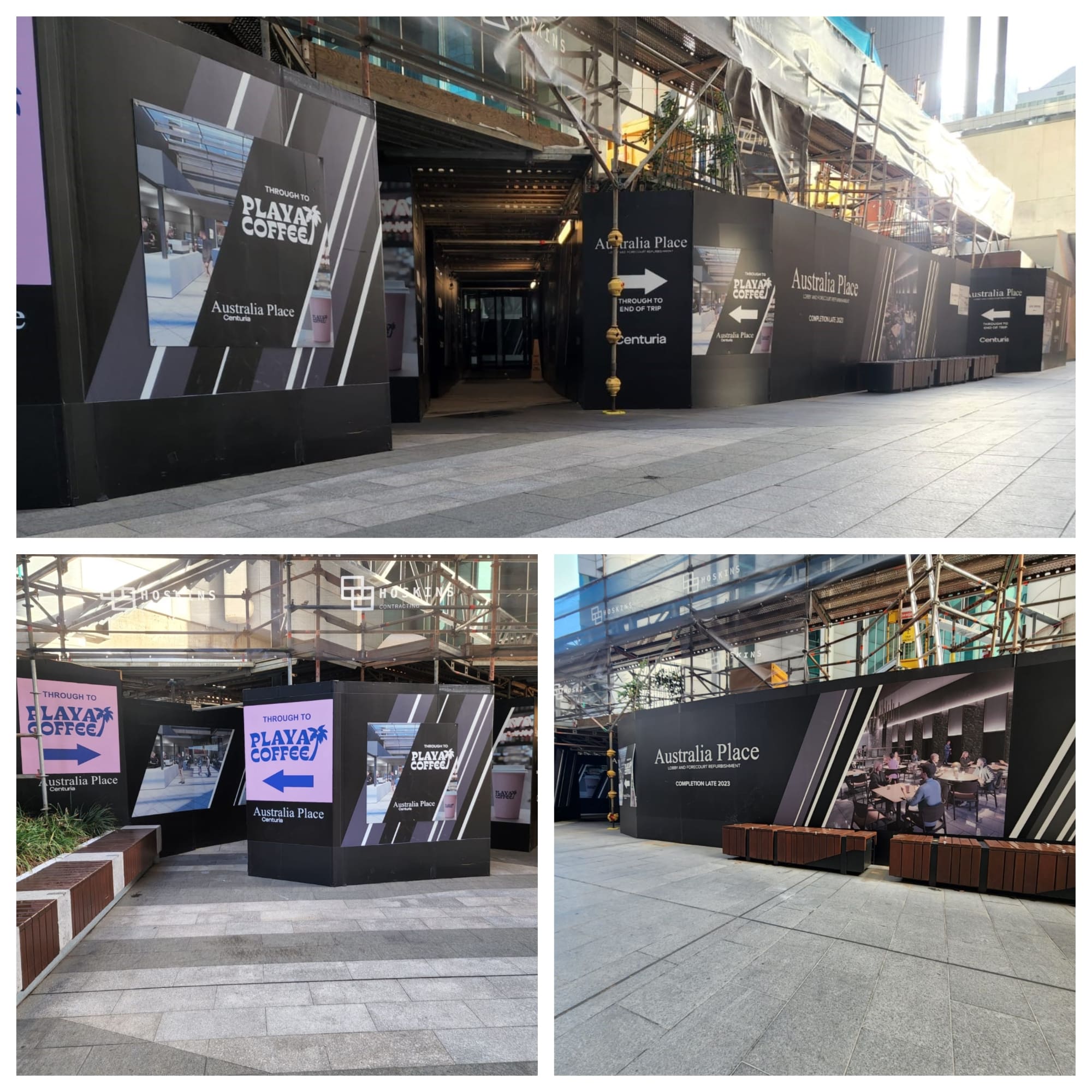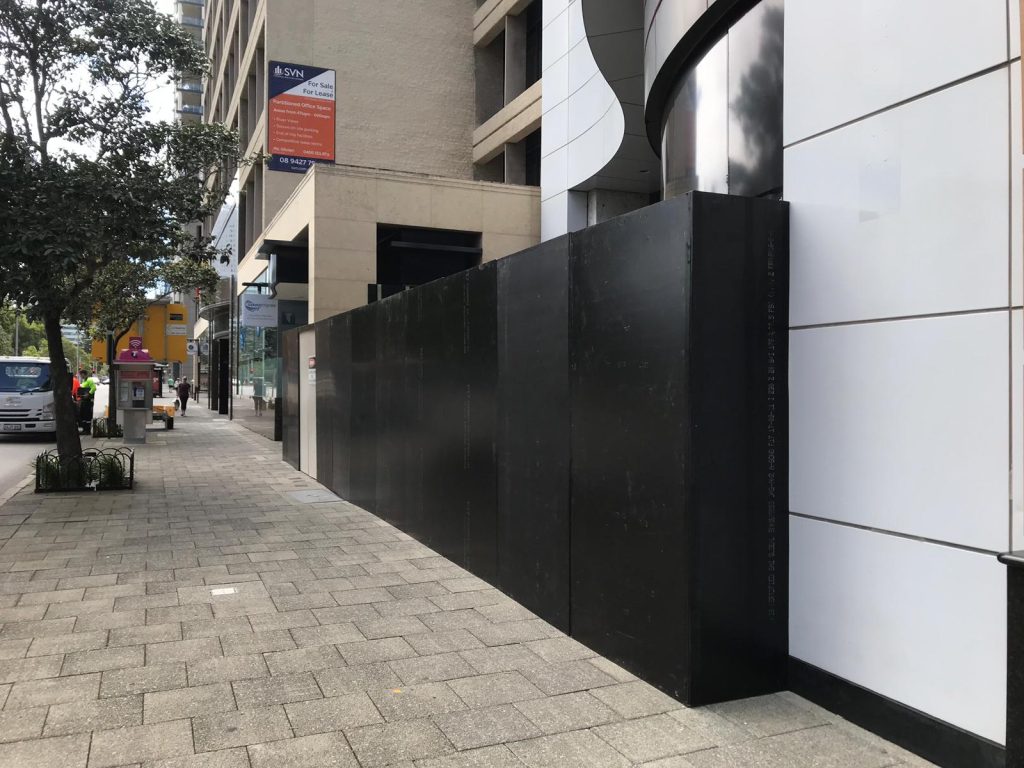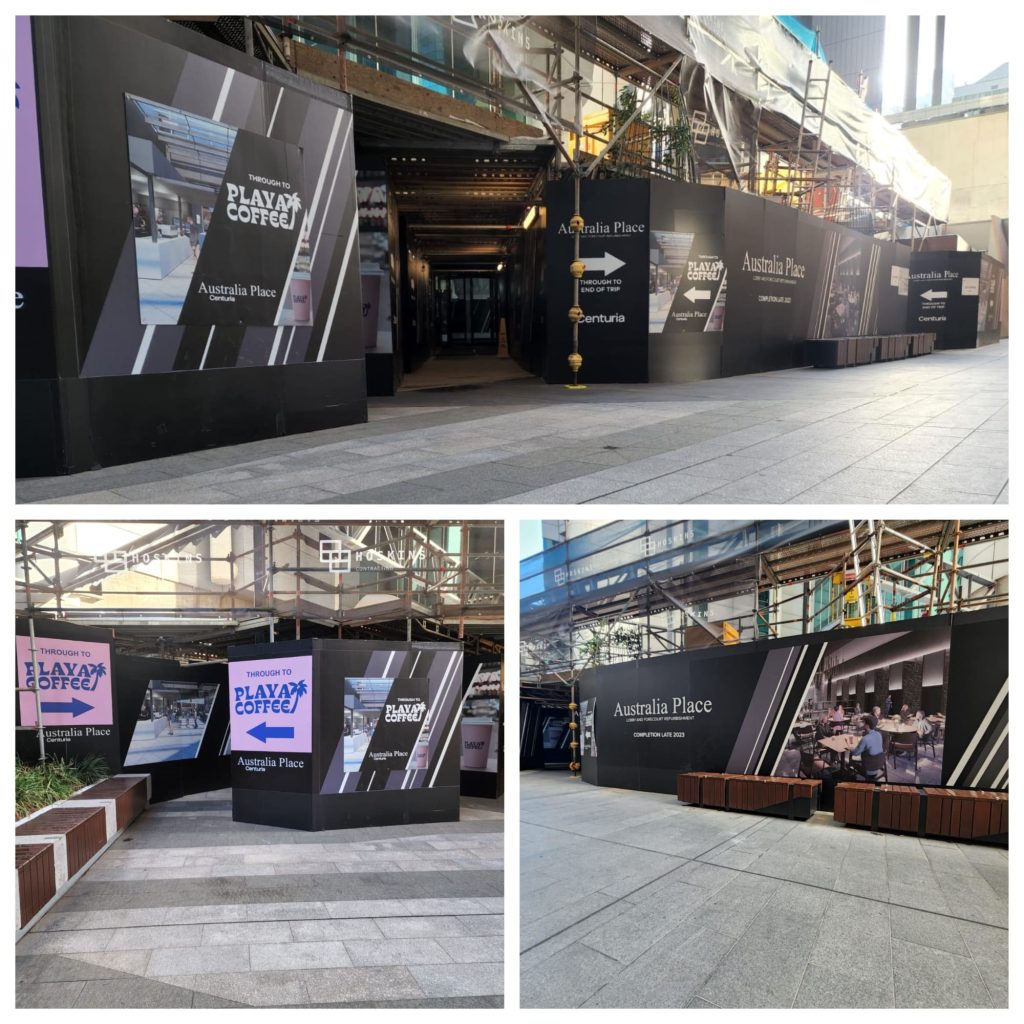
At first glance, hoarding panels might seem like a straightforward choice—just pick something that blocks off your site and ticks the compliance boxes. But once you’re managing a live site, especially one in a high-traffic or high-visibility area, it becomes clear that hoarding panels are more than just barriers. They’re part of your project’s first impression, and they carry real implications for safety, presentation, and even public perception.
Over time, choosing the right hoarding has become less of a background task and more of a strategic decision. Let’s explore the most common types of hoarding panels and where each one makes the most sense.
Timber Hoarding Panels
Timber is the traditional workhorse of construction site hoarding. It’s robust, fully customisable, and relatively cost-effective—especially for long-term projects. Timber hoarding panels can be painted, branded, and altered easily onsite, making them ideal when visual presentation matters.
The main downside? Weight and time. These panels are heavy and can take longer to install and dismantle. They also require more ongoing maintenance, especially in wet or windy conditions. For jobs where flexibility and durability are key, though, timber is hard to beat.
Steel Hoarding Panels
Steel hoarding panels offer a sleek, professional finish with rapid installation. These modular systems are perfect for sites in urban areas or where brand perception matters—think CBD developments, retail fit-outs, or public infrastructure projects.
They’re often used with vinyl wraps or printed signage to turn otherwise bland fencing into a branded canvas. Steel is low maintenance and weather-resistant, but less flexible for custom cuts or quick fixes onsite. If you’re after clean presentation with minimal fuss, steel is the way to go.
Poly Hoarding Panels (PVC or Composite)
Lightweight and modern, poly hoarding panels are becoming more popular, especially for indoor projects or fast-turnaround builds. They’re easy to transport, quick to install, and highly resistant to moisture and general wear.
While they offer a neat, tidy appearance, poly panels typically aren’t as rugged as steel or timber. They’re best suited for controlled environments—like shopping centres or indoor refurbishments—where there’s less risk of damage from weather or machinery.
A-Class vs. B-Class Hoarding
Beyond material type, it’s essential to understand the safety classifications used in construction hoarding:
- A-Class hoarding is ground-level only. It provides a visual and physical barrier to secure the site and keep the public out. Ideal for low-risk areas.
- B-Class hoarding includes overhead protection, typically used when construction occurs above or near public walkways. It’s designed to shield pedestrians from falling tools, debris, or other hazards.
Choosing between the two isn’t optional—it depends on the nature of your worksite and your WHS obligations. For any site near foot traffic or above-ground works, B-Class isn’t just smart—it’s mandatory.
Which Hoarding Panels Are Right for You?
Choosing hoarding panels isn’t just about material cost or availability—it’s about matching the panel type to your site’s environment, timeline, and risk profile.
Here’s a rough guide:
- Urban or high-traffic sites: Steel hoarding offers clean aesthetics and fast install.
- Long-term or remote jobs: Timber hoarding gives you durability and flexibility.
- Indoor or short-term builds: Poly hoarding panels provide a lightweight, low-fuss option.
- Public-facing areas: B-Class hoarding ensures safety where foot traffic is present.
Of course, every site is different. Your hoarding might need to do more than just secure the area—it could carry signage, present brand messaging, or blend into the surrounding environment.
Conclusion
Hoarding panels are more than temporary fencing—they’re part of your project’s safety strategy, brand presence, and operational workflow. Whether you’re building a boutique retail fit-out or a major commercial tower, the type of hoarding you choose matters.
Take the time to match the material and class of hoarding panels to your project’s needs. Consider factors like environment, public exposure, project length, and presentation requirements. And when in doubt? Consult with professionals who understand both compliance and construction logistics.
Need advice on selecting the right hoarding panels for your next project? We’re here to help. Let’s make your site secure, compliant, and sharp-looking from day one.









